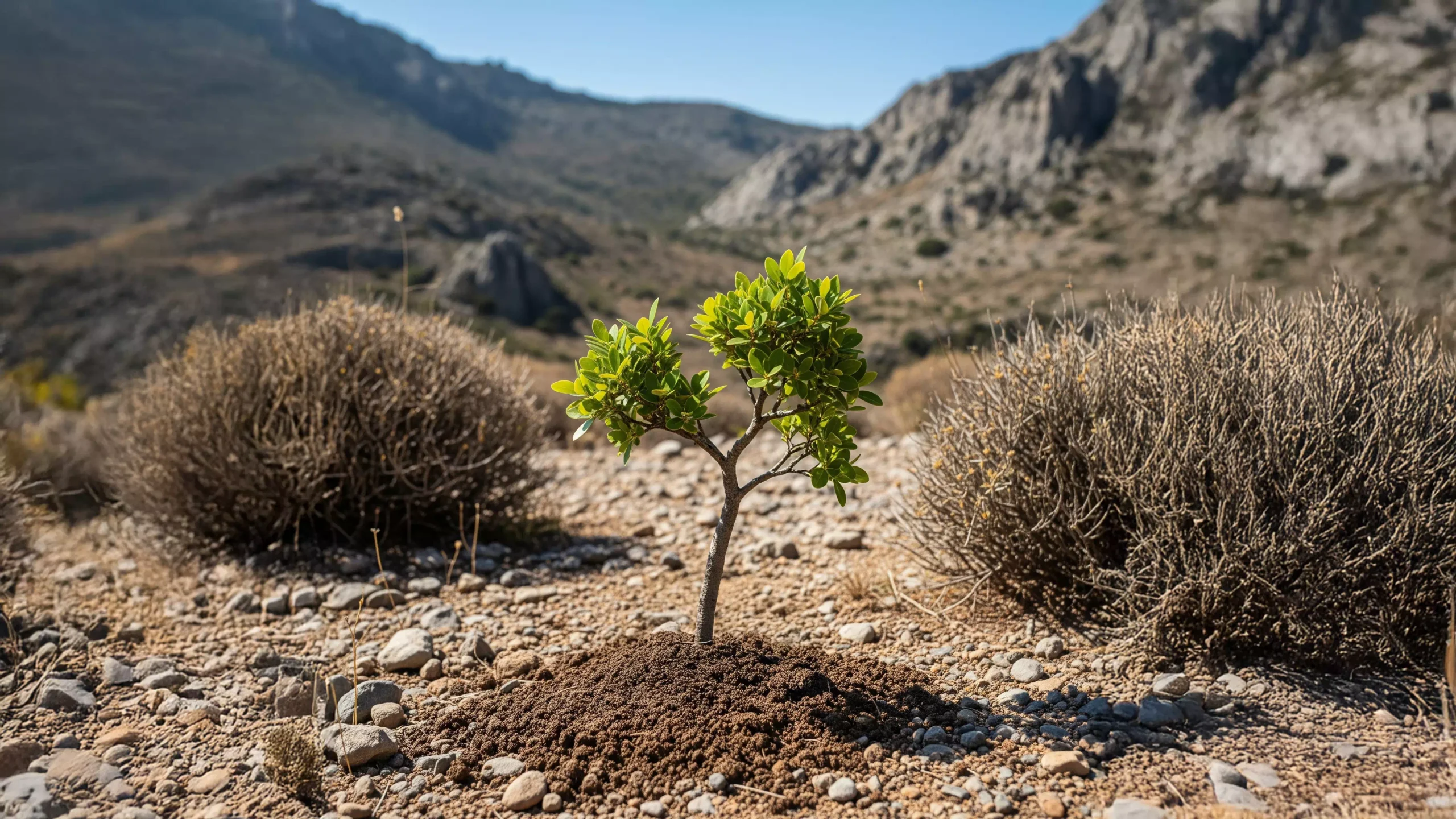Loading map

Geotour Crete
Geotour is a private initiative fueled by the love for Crete's cultural heritage and natural environment.
